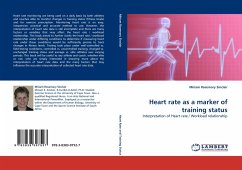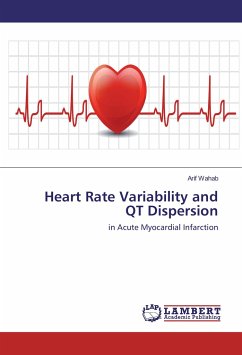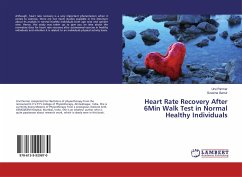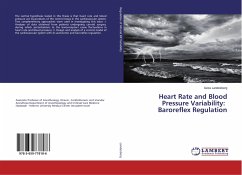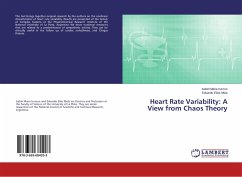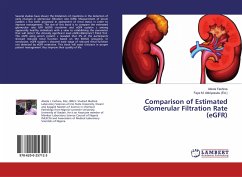Heart rate monitoring are being used on a daily basis by both athletes and coaches alike to monitor changes in training status (fitness levels) and for exercise prescription. Monitoring heart rate is an easy, inexpensive, practical and accurate method to use. However, the interpretation of heart rate data is still incomplete and there are many factors or variables that may affect the heart rate / workload relationship. This book aimed to further clarify the heart rate / workload relationship under differing conditions to determine if measuring heart rate under these conditions would be sufficiently precise to track changes in fitness levels. Testing took place under well-controlled vs. field testing conditions, controlled vs. uncontrolled training, changed vs. unchanged training status and average vs. elite athletes over varying periods. This book will be useful to any athlete and coach, whether elite or not, who are simply interested in knowing more about the interpretation of heart rate data and the many factors that may influence the accurate interpretation of collected heart rate data.

